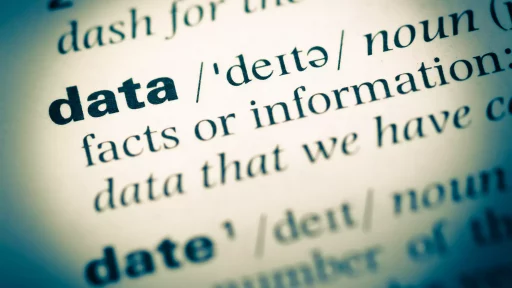Introduction to Significant Figures
In the realm of science and mathematics, accuracy and precision are paramount. One fundamental concept that aids in conveying the quality of measurements is significant figures. These figures indicate the precision of a number and help avoid misinterpretation in calculations and reporting.
What are Significant Figures?
Significant figures, also known as significant digits, are the digits in a number that contribute to its accuracy. This includes all the non-zero digits, any zeros between significant digits, and trailing zeros in the decimal portion. Both the precision of measurements and the certainty of their implications are represented through significant figures.
Rules for Determining Significant Figures
- Non-zero digits: All non-zero digits (1-9) are always significant.
- Leading zeros: Zeros that precede all non-zero digits are not significant.
- Captive zeros: Zeros between non-zero digits are significant.
- Trailing zeros: Zeros at the end of a number are significant only if a decimal point is present.
- Exact numbers: Numbers that are counted or defined quantities have an infinite number of significant figures.
Importance of Significant Figures in Scientific Measurements
In scientific context, significant figures are crucial for conveying the certainty of measurements. For instance, a length of 2.54 cm indicates that the measurement is precise up to two decimal places, whereas 2.5 cm suggests less precision. Inaccurate use of significant figures can lead to significant errors in scientific communication, engineering, and finance.
Examples of Significant Figures
Let’s consider some practical examples to illustrate how significant figures work:
- Example 1: The measurement 0.00456 has three significant figures (4, 5, and 6).
- Example 2: The number 1002 has four significant figures (1, 0, 0, and 2).
- Example 3: In the number 1500, if there’s no decimal point, it has two significant figures (1 and 5). However, if represented as 1500.0, it has five significant figures.
Case Study: Precision in Medical Measurements
In the medical field, precise measurements are critical. Consider a nurse measuring medication dosage. If a nurse measures a dosage as 0.030 mg instead of 0.03 mg, the difference in significant figures informs both the nurse and the patient of the precision involved in that dosage. Miscommunication in dosage due to improper significant figures can have serious consequences.
Statistics and Significant Figures
In statistical reporting, significant figures play a vital role. According to a survey conducted by the National Institute of Standards and Technology (NIST), over 25% of scientific works published in journals contained inaccuracies in reporting significant figures, often leading to underreported confidence intervals and misinterpreted results. This illustrates the importance of understanding significant figures in statistical contexts.
How to Use Significant Figures in Calculations
When performing calculations, the result should be expressed to reflect the precision of the numbers used. Here are some rules to follow:
- Multiplication/Division: The result should have the same number of significant figures as the factor with the least number of significant figures.
- Addition/Subtraction: The result should have the same number of decimal places as the measurement with the fewest decimal places.
Conclusion
Understanding significant figures is essential for anyone involved in scientific measurement, engineering, or data analysis. By adhering to the rules of significant figures, individuals can communicate results more effectively, ensuring accuracy and reliability in their work. Embracing this concept can lead to better decision-making based on precise data interpretation.





